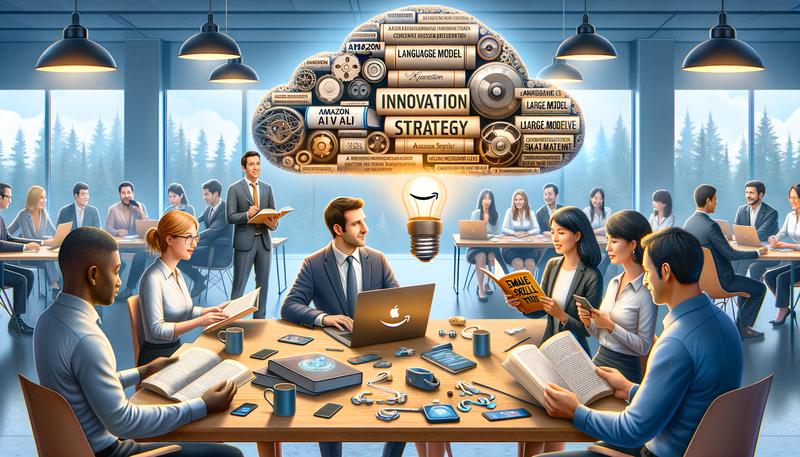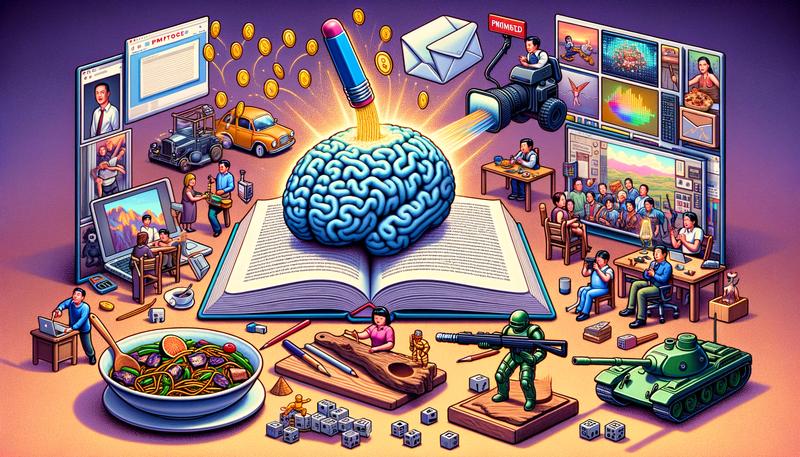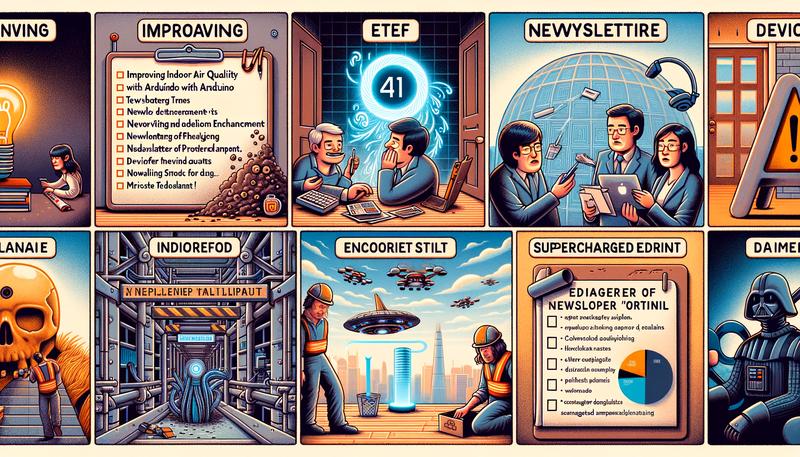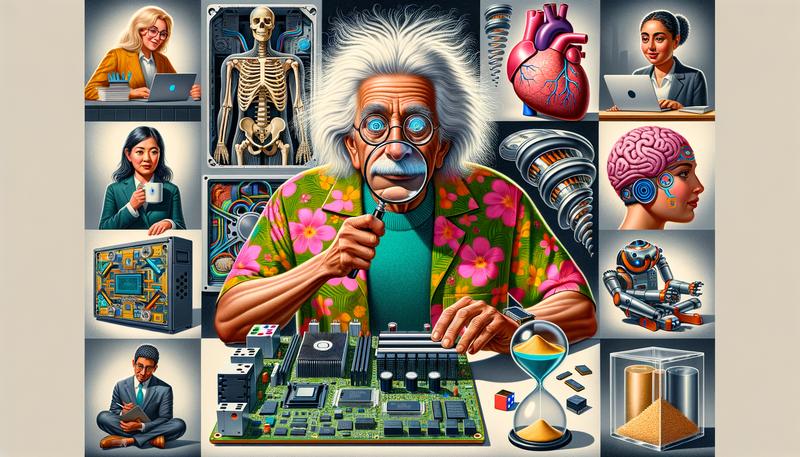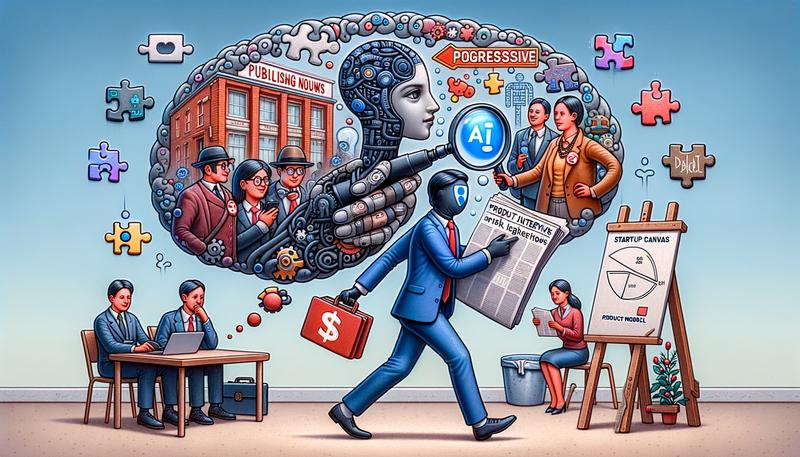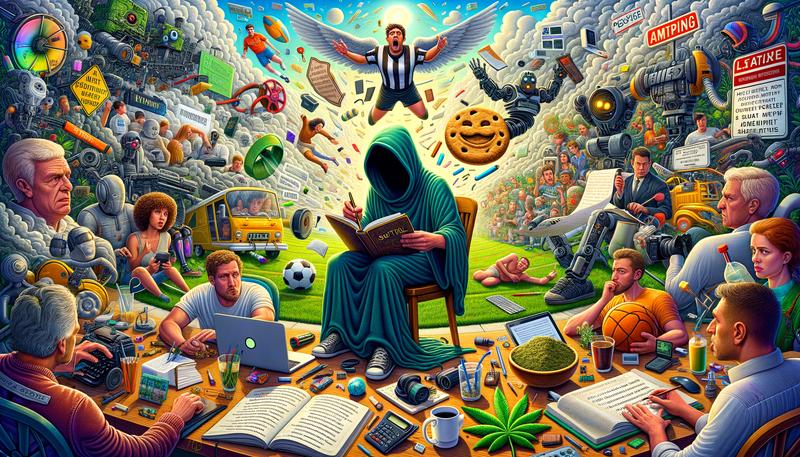Exploring the latest in innovation and strategy, including accelerating software development with Amazon’s generative AI, mastering communication at work, and the impact of AI on journalism. Plus, discover tips for product management, understanding complex concepts, and enhancing email marketing. Dive into these rich insights ranging from technology advancements with Apple’s AI servers to creating memorable content and strategies for effective product management.
- Accelerate software development and leverage your business data with generative AI assistance from Amazon Q: We believe generative artificial intelligence (AI) has the potential to transform virtually every customer experience. To make this possible, we’re rapidly innovating to provide the most comprehensive set of capabilities across the three layers of the generative AI stack. This includes the bottom layer with infrastructure to train Large Language Models (LLMs) and other Foundation […]
- 5 Strategies To Get People To Listen To You At Work: This is a question I get asked a lot, especially by those hoping to climb the corporate ladder: “How can I get people to listen to me at work?” Unfortunately, too many people struggle with being heard at work, and research shows it can be particularly tough for women, younger employees, and those at greater […]
- Can I email…: Support tables for HTML and CSS in emails
- Can journalism survive in the age of AI? Interview with Kara Swisher – TheStreet: Journalist Kara Swisher explains the increasingly challenged relationship between the media and big tech and the critical need for journalism to adapt in the age of AI.
- LaterOn – Let’s make a newsletter sexy again! 🔥: Your inbox buffer for worry-free newsletter subscriptions. Summarize, prioritize, and stay inspired without inbox overload.
- Basic Guide on UX Laws that Every Product Manager Needs to Know | PM Interview: In the dynamic world of product management, understanding user experience (UX) is crucial. A product manager’s role involves overseeing the development and marketing of a product and ensuring that it…
- How To Understand Things: The smartest person I’ve ever known had a habit that, as a teenager, I found striking…
- Apple Reportedly Building M2 Ultra and M4-Powered AI Servers: Apple has started building its own AI servers that use the M2 Ultra chip, Haitong analyst Jeff Pu reports. Pu provided the analysis based on supply…
- A Useful Productivity Measure?:
- 7 Tips for Memorable and Easy-to-Understand Imagery: A few relevant, high-quality visuals placed next to associated text can boost users’ comprehension of your content and its memorability.
- Content Standards in Design Systems: Content standards in design systems support a holistically consistent user experience and efficient collaboration between writers, content, and UI designers.
